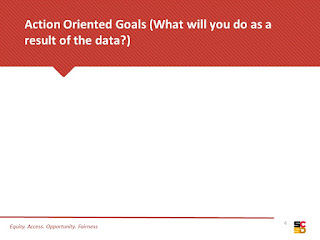Why does this story matter today? Today is the day to share this story so that it can impact someone who has never been fortunate enough to experience the power of diversity.
According to the National Park Service, The Statue of Liberty has been referred to as "The Immigrant's Statue" since the late 1800's. Emma Lazarus' famous poem, which is engraved onto the pedestal of Lady Liberty, rings out with the words
"Give me your tired, your poor,
Your huddled masses yearning to breathe free,
The wretched refuse of your teeming shore.
Send these, the homeless, tempest-tost to me,
I lift my lamp beside the golden door!"
For me, these words have always underscored a commitment. They are an invitation. They are the theme of our country. At least, that is what I have been taught and I have believed.
 |
| A newly arrived immigrant family on Ellis Island, gazing across the bay at the Statue of Liberty from National Park Service
The current administration's decisions regarding immigrants and sanctuary cities is reactionary and panders to the uninformed, the privileged, and the afraid. Diversity in our schools, and in our country, makes us stronger. Learning from the stories of others strengthens our own story and shows us how we can be a better version of ourselves. As educators, we see the power of learning each and every day in our classrooms and in our schools. We know that a community must have diverse ideas in order to thrive. The time is now to use that power to make sure that children from Syria, from the Congo, from Burma, from Afghanistan, have the same opportunities that young Irish or Italian children had 100 years ago.
|












